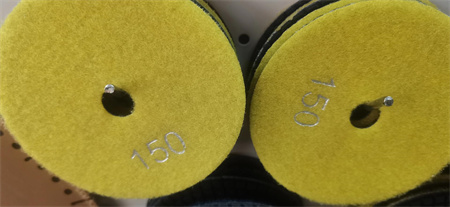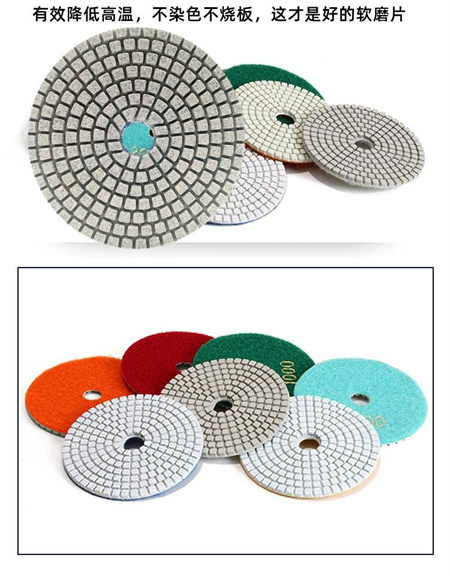Polishing with diamond pads can transform a surface from dull and worn to brilliantly smooth and shiny. It’s a popular method for restoring natural stone, concrete, or terrazzo floors, and even for finishing countertops or other surfaces. However, as effective as diamond pads are, they can also cause significant damage if used improperly. To ensure a flawless finish and avoid surface issues like scratches, uneven wear, or unwanted marks, here are some practical tips on how to polish safely and efficiently.

Pressure control is another key element to avoid damaging the surface. Many people mistakenly believe that applying extra pressure will speed up the process and produce a better result. In reality, this can cause the pads to overheat, leading to burns or permanent marks on the surface. Over-pressurizing the pad can also accelerate wear, reducing its effectiveness and lifespan. The right amount of pressure ensures that the pad does its job without compromising the integrity of the material being polished. A light, even touch allows the pad to work efficiently and prevents the buildup of heat that can damage the surface.

In addition to grit, pressure, and temperature, another critical factor is the speed at which you operate the polishing tool. High-speed machines can quickly smooth out surfaces, but they can also cause uneven polishing if not carefully controlled. A slow, consistent motion gives the pad more time to work its magic and ensures uniform coverage. Rapid movements or leaving the machine in one spot for too long can create hotspots and visible inconsistencies. If you notice that the surface is heating up too quickly, pause to let the area cool down before resuming.
It’s also essential to maintain the cleanliness of both the surface and the diamond pad. Dirt, dust, or debris trapped between the surface and the pad can cause abrasions, resulting in unwanted marks or scratches. Always clean the surface thoroughly before polishing and inspect the pad for any debris. It’s wise to rinse the pad periodically during use, especially when working on larger areas. Regularly cleaning the pad not only improves performance but also prevents the risk of contaminating the surface with unwanted particles that could lead to damage.
Using a diamond pad on the wrong surface can lead to irreversible damage. While diamond pads are incredibly effective on harder surfaces like concrete, granite, and terrazzo, they may not be suitable for softer materials such as wood or some types of tile. Always check the surface material and make sure it’s appropriate for diamond pad polishing. If you’re working with a material that’s prone to scratches or other types of damage, it might be best to use a gentler abrasive or consult a professional before proceeding with diamond pad polishing.
If you’re new to polishing or working with diamond pads for the first time, practicing on a small, inconspicuous area of the surface is highly recommended. This allows you to gauge how the surface reacts and make adjustments as needed. It also helps you get a feel for the equipment and the process, which can be invaluable when tackling larger or more visible areas.
